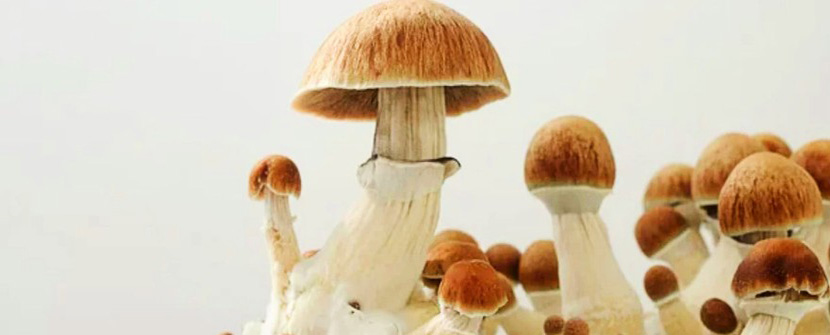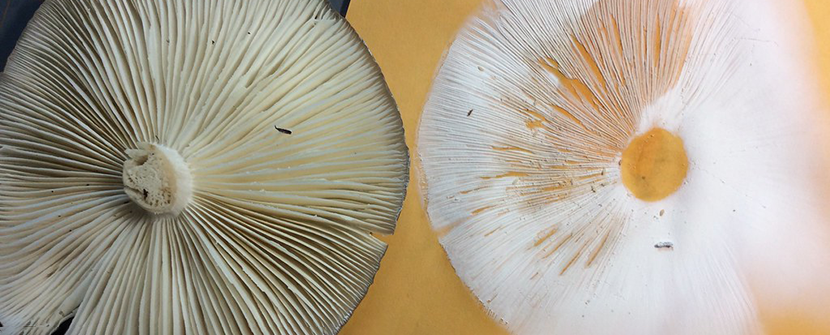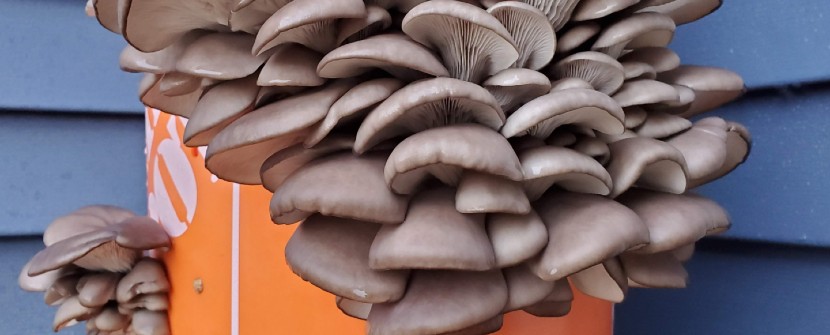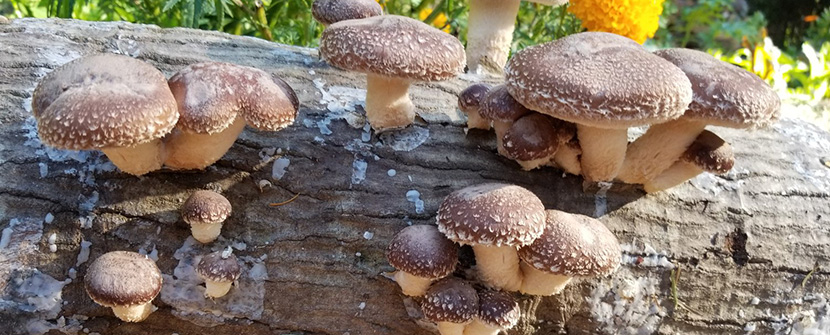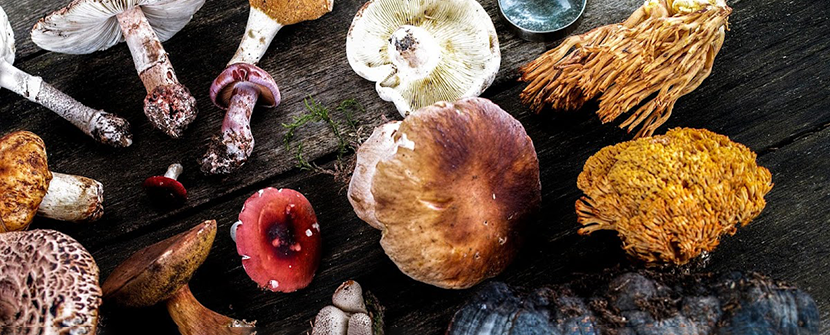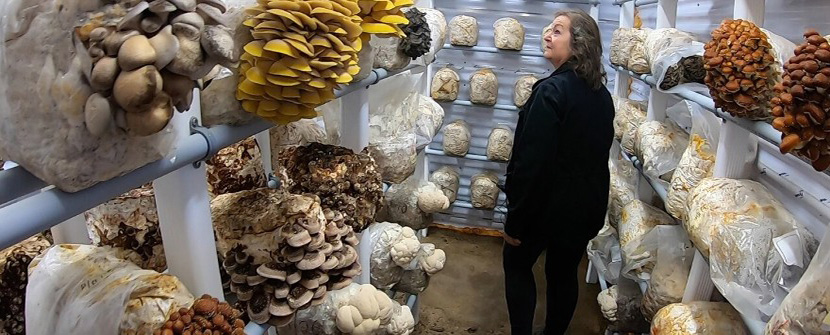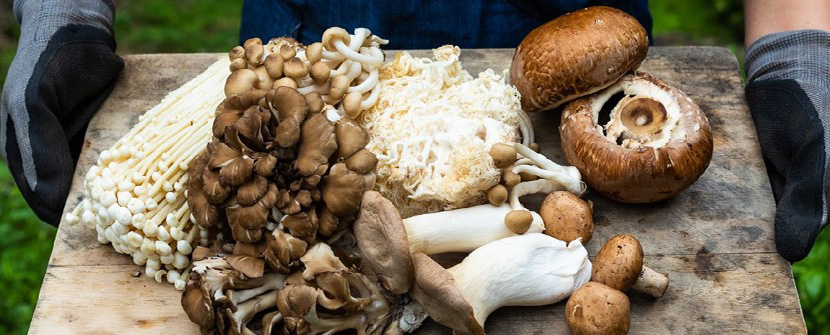Mushroom pinning is the process of growing mushrooms from small clusters of cells called pins. Pinning is an important stage in mushroom cultivation, as it determines the number, size, and shape of the mushrooms that will eventually be harvested. Pinning can be influenced by various factors, such as substrate, humidity, temperature, light, and air exchange. In this blog post, we will share with you five tips for achieving the best mushroom pinning and getting the most out of your mushroom crop.
Tip 1: Choose the right substrate
The substrate is the material that provides nutrients and support for the mushroom mycelium, the network of fungal threads that grows throughout the substrate. The substrate can be made from various organic materials, such as straw, sawdust, wood chips, coffee grounds, or manure. Different types of mushrooms prefer different substrates, so it is important to choose the one that suits your mushroom species. For example, oyster mushrooms grow well on straw or coffee grounds, while shiitake mushrooms prefer hardwood sawdust or wood chips. You can also mix different substrates to create a more balanced and nutritious environment for your mushrooms.
Tip 2: Maintain optimal humidity
Humidity is the amount of moisture in the air. Mushrooms need high humidity to grow and develop pins. If the humidity is too low, the pins may dry out and abort. If the humidity is too high, the pins may become waterlogged and rot. The optimal humidity range for most mushrooms is between 85% and 95%. You can measure the humidity with a hygrometer, a device that shows the percentage of moisture in the air. You can also use a spray bottle or a humidifier to increase or decrease the humidity as needed.
Tip 3: Adjust the temperature
Temperature is another factor that affects mushroom pinning. Different mushrooms have different temperature preferences, depending on their origin and adaptation. Generally speaking, there are two categories of mushrooms: warm-loving and cold-loving. Warm-loving mushrooms, such as oyster, enoki, and lion's mane, prefer temperatures between 18°C and 25°C (64°F and 77°F). Cold-loving mushrooms, such as shiitake, maitake, and reishi, prefer temperatures between 10°C and 18°C (50°F and 64°F). You can use a thermometer to monitor the temperature and adjust it accordingly with a heater or a cooler.
Tip 4: Provide adequate light
Light is another factor that influences mushroom pinning. Light does not provide energy for mushrooms, as they do not photosynthesize like plants. However, light does act as a signal for mushrooms to initiate pinning and fruiting. Light also affects the color and shape of the mushrooms. Mushrooms need indirect or diffused light to grow well. Direct sunlight or artificial light can damage or bleach the mushrooms. The optimal light intensity for most mushrooms is between 500 and 2000 lux (a measure of illumination). You can use a lux meter to measure the light intensity and use curtains or lamps to adjust it as needed.
Tip 5: Ensure proper air exchange
Air exchange is the rate at which fresh air enters and stale air leaves the growing area. Mushrooms need fresh air to breathe and release carbon dioxide. Fresh air also helps to prevent mold and bacterial contamination. Stale air can inhibit mushroom growth and cause off-flavors or odors. The optimal air exchange rate for most mushrooms is between 4 and 8 times per hour. You can use a fan or a vent to increase or decrease the air exchange rate as needed.


